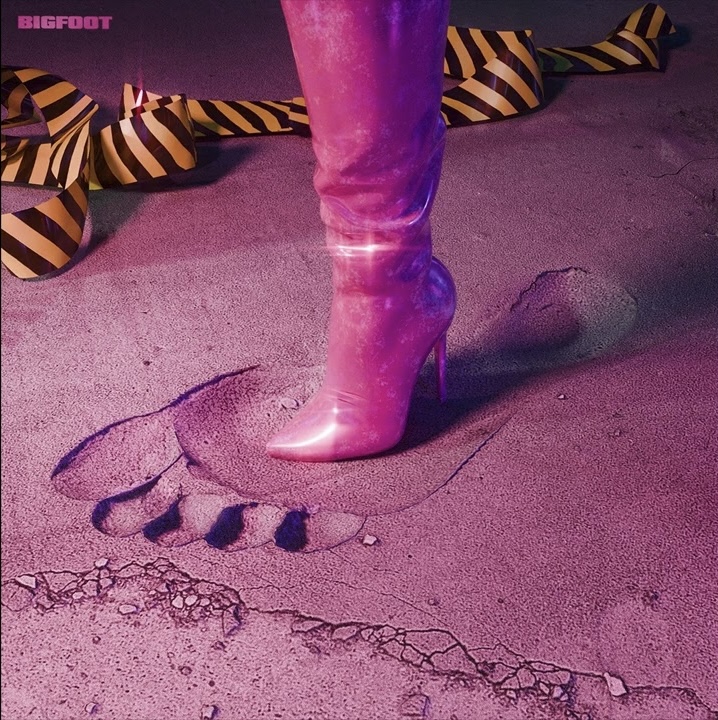Stan culture is something that exists all around the world and the majority of the world participates in it one way or another. Milla Jans (10) shares, “I believe that stan culture nowadays has become incredibly toxic because fans become obsessed with certain celebrities to the point where they will overstep boundaries to put someone in danger. Toxic fans even make their idols seem like objects rather than real, living people.” So should stan culture be considered toxic? .
There are multiple examples of this, such as the instance with the Barbz, Nicki Minaj’s fans. Not too long ago, Nicki released her diss track, directed towards Megan Thee Stallion, titled “Big Foot,” and many don’t think it was one of her best releases. Thus, many individuals spoke out and gave their own honest opinions on her track. To be clear, it was constructive criticism and not just the creators using the song as a way to hate Nicki Minaj. However, in the comment section of those who that shared they were disappointed about the release, Barbz filled the comments with hate towards the creator. They flooded the comments of related videos with multiple racist comments on multiple accounts and threatened to reveal the creator’s address/home.
K-pop stan culture also has countless moments of toxic fanbases. Although the K-pop idols and the groups themselves all have close relations with each other and are friends, many fans fail to befriend each other. All across social media, a person would be biased toward one group and hate every other, simply because they think their favorite group is better and more successful than everyone else. With this mindset, they create social media accounts dedicated to bringing down other groups and their fans. These cyberbullying accounts went down to low levels of comparing them to animals with negative connotations, unreasonable names, and to other fans, they would do the same or even worse. The harsh beauty standard in K-pop and unrealistic expectations could also be an added factor for all the hate. Not to mention, fans are always fighting for titles that their biases wouldn’t even take notice of, like “It Girl/Boy,” “Best Group,” “Dance Machine,” “Maknae On Top,” and countless more.
Within the K-pop community, there is a well-known toxic fanbase, Blackpink fans, also known as “Blinks.” Blackpink has a sizeably large fandom, which means there are bound to be a lot of toxic fans who exhibit hostility to others. Blinks have often targeted other female idols for wearing similar clothing to Blackpink and sent tons of hate towards those idols, despite them not even being able to choose what they can wear. Similarly, male idols are also criticized by Blinks for simply glancing at Blackpink more than a few times. These toxic Blinks would create huge problems by spamming hate comments on the official accounts of the other groups, alongside hating on every post relating to the idol. They would even go as far as to send large trucks with posters forcing the idol to apologize for something that they are unable to control.
Although these are only a few examples of toxic stan culture, there are many more to list, like the babying of celebrities, toxic soccer/football fans, fans in the music industry who create lies about actors, stalking idols, breaking into idol’s homes, and many more. A large fanbase means there’s bound to be at least some toxic fans, and toxic stan culture just makes listening to music, watching movies/shows/sports, and everything else much less enjoyable. Sometimes some just need to step outside and take a breather instead of being chronically online.




























